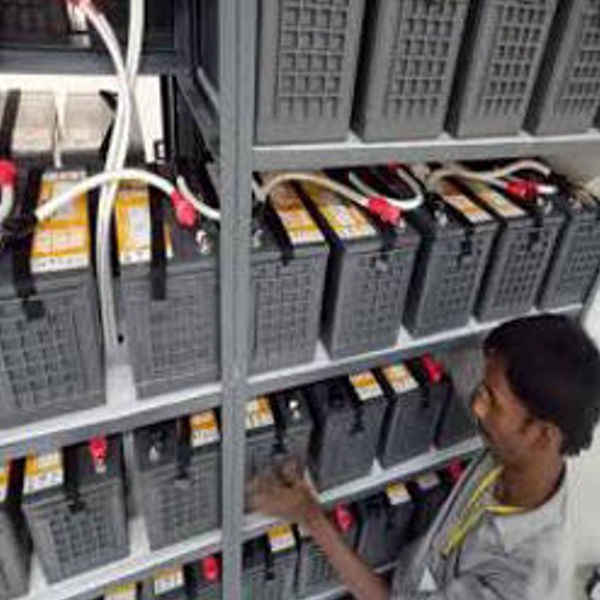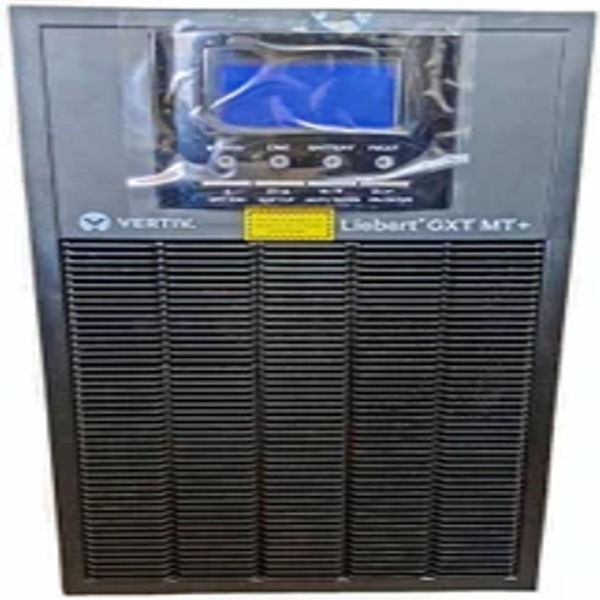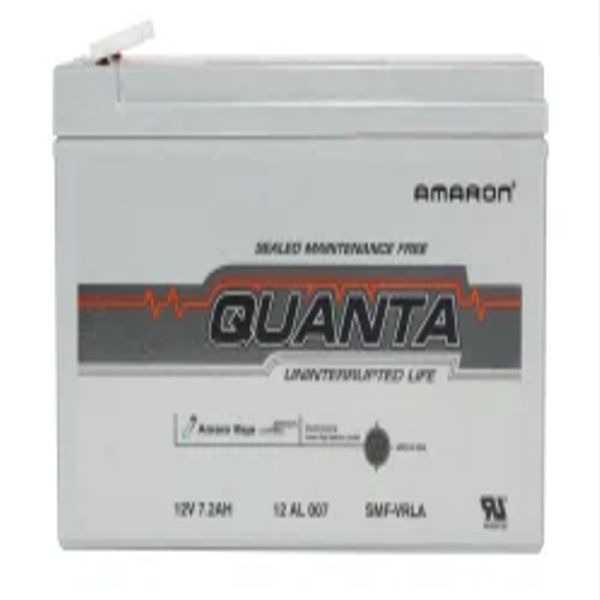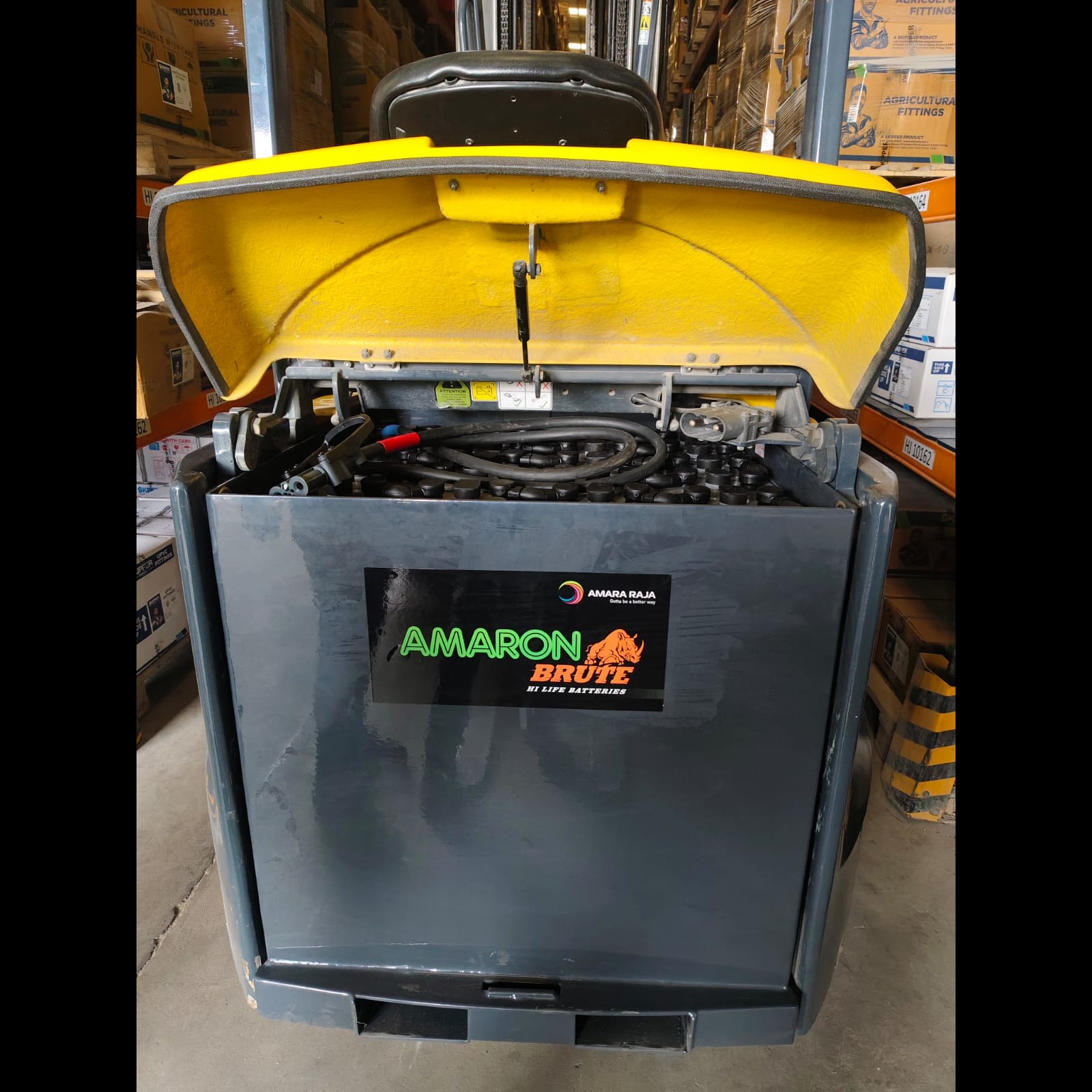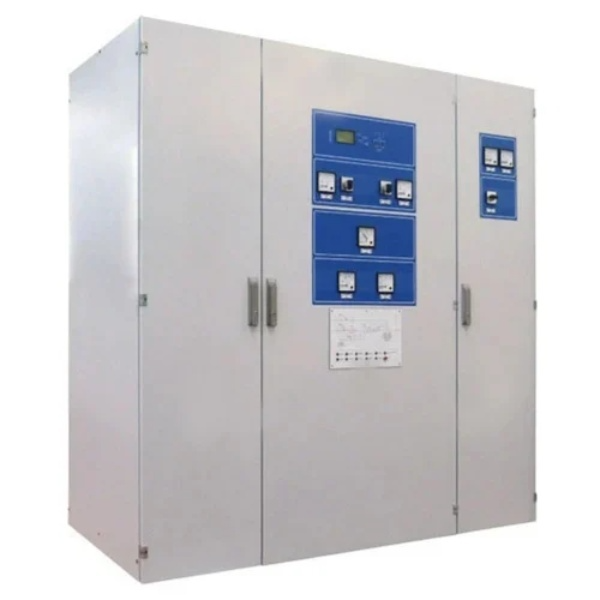
Vertiv 500 kVA UPS
The Vertiv 500 kVA UPS is a high-capacity Uninterruptible Power Supply (UPS) system designed to provide backup power to large-scale facilities, data centers, and critical infrastructure. Here's an overview of the key features and specifications of a typical Vertiv 500 kVA UPS:
Key Specifications:
Power Rating: 500 kVA (kilovolt-amperes) or roughly 400 kW (kilowatts) of real power, depending on the power factor.
Input Voltage: Typically operates on 380-415V, 3-phase input, though this can vary depending on the model.
Output Voltage: Common output configurations include 380-415V, 3-phase, providing power to large equipment or server rooms.
Frequency: Typically operates at 50/60 Hz, adjustable depending on the region.
Battery Type: Usually works with VRLA (Valve-Regulated Lead-Acid) or lithium-ion batteries, depending on the model.
Topology: Can be configured in either online double-conversion (most common for critical applications) or hybrid mode for energy efficiency.
Features:
Double-Conversion Technology: Ensures clean, stable, and uninterrupted power by converting AC power to DC and back to AC, isolating connected equipment from power line disturbances.
High Efficiency: Many Vertiv UPS systems are designed for high efficiency, with some models achieving efficiency levels above 95% under normal operation, reducing energy consumption and operating costs.
Redundancy: Supports N+1, N+2, or higher redundancy configurations to ensure continued operation if one UPS module fails.
Scalability: The system can be expanded by adding additional modules to increase capacity or redundancy.
Monitoring and Management: Includes advanced monitoring and management software for real-time data on performance, battery status, input/output voltage, and other operational parameters.
Advanced Battery Management: Provides features like automatic battery testing, temperature compensation, and predictive failure monitoring to extend battery life.
Compact Design: Though large in capacity, many Vertiv UPS models have a compact design to fit in data centers and other facilities where space is limited.
Applications:
Data Centers: Ensures uptime for servers and networking equipment.
Industrial Applications: Protects critical industrial processes and machinery.
Healthcare: Keeps critical equipment such as life support systems running during power outages.
Telecommunications: Ensures uninterrupted service for telecom towers and equipment.
Maintenance:
Routine Checks: Regular battery testing, load testing, and cooling system maintenance.
Battery Replacement: Batteries typically need to be replaced every 3-5 years, depending on usage.
Software Updates: Regular updates to the UPS’s firmware/software may be required to maintain optimal performance.
